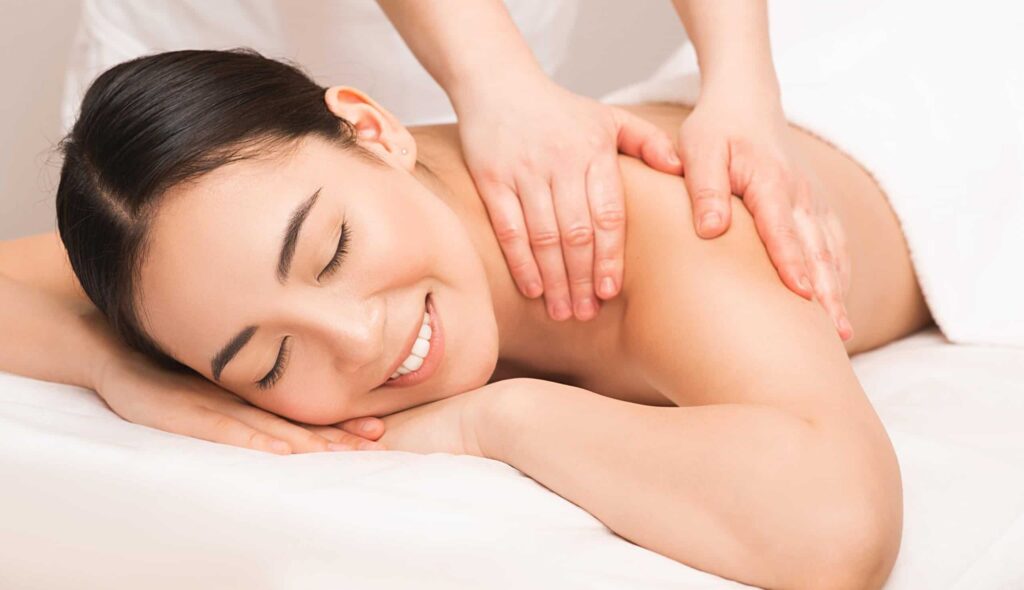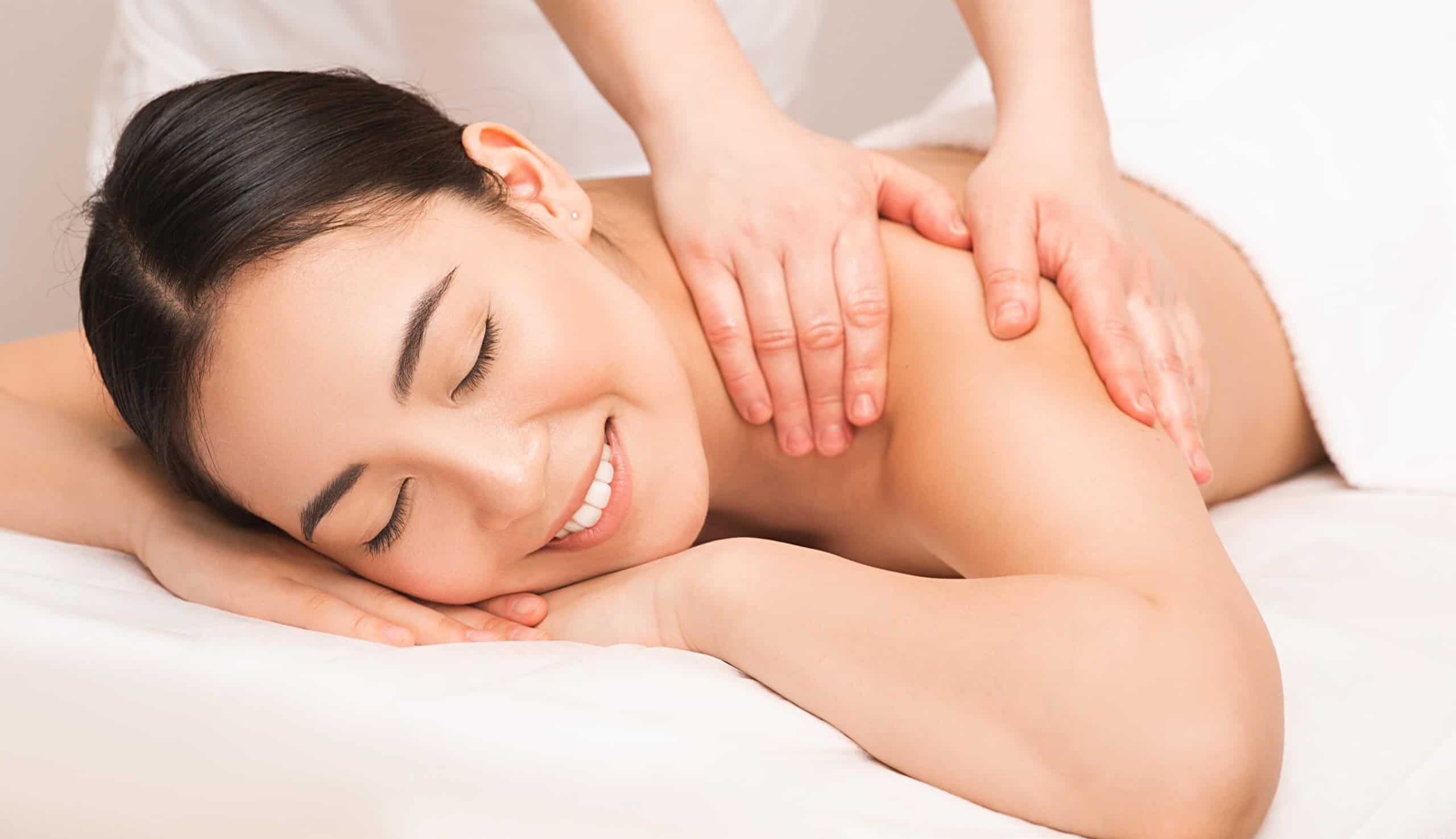Introduction
Massages have been a cherished practice for centuries, bringing relief and relaxation to millions worldwide. But what exactly is a body massage, and why is it so important? Let’s dive in and explore the world of body massages, their benefits, types, and everything in between.
What is a Body Massage?
A body massage involves manipulating the body’s soft tissues, including muscles, connective tissues, tendons, and ligaments. This therapeutic practice is designed to alleviate tension, reduce stress, and promote overall well-being.

Importance of Body Massages
Body massages are more than just a luxurious indulgence. They offer numerous health benefits, from improving circulation and reducing pain to enhancing mental clarity and emotional balance. Regular massages can be a vital part of a holistic health regimen.
History of Body Massage
Origins of Massage Therapy
Massage therapy dates back thousands of years, with roots in ancient civilizations such as China, Egypt, and India. These early practices laid the foundation for the diverse massage techniques we enjoy today.
Evolution of Massage Techniques
Over time, massage techniques have evolved, incorporating influences from various cultures and scientific advancements. Today, we have a plethora of massage styles, each offering unique benefits and experiences.
Types of Body Massages
Swedish Massage
Swedish massage is one of the most popular types, known for its gentle and relaxing techniques. It uses long, flowing strokes to improve circulation and promote relaxation.
Deep Tissue Massage
Deep tissue massage focuses on the deeper layers of muscles and connective tissues. It’s ideal for addressing chronic pain and muscle tension through slower, more forceful strokes.
Sports Massage
Designed for athletes, sports massage helps prevent injuries, improve performance, and speed up recovery. It combines various techniques tailored to the specific needs of athletes.
Hot Stone Massage
Hot stone massage involves placing heated stones on the body to warm and relax muscles. The heat enhances the massage’s therapeutic effects, making it a deeply soothing experience.
Aromatherapy Massage
Aromatherapy massage integrates essential oils into the massage process. These oils offer additional benefits, such as stress relief and mood enhancement, through their aromatic properties.
Thai Massage
Thai massage is a unique blend of acupressure, stretching, and yoga-like movements. It aims to balance the body’s energy flow, improve flexibility, and relieve muscle tension.
Benefits of Body Massages
Physical Benefits
- Improved Circulation: Massages enhance blood flow, delivering oxygen and nutrients to muscles and tissues.
- Pain Relief: Targeted massage techniques can alleviate chronic pain and muscle soreness.
- Increased Flexibility: Regular massages can improve joint mobility and muscle flexibility.
Mental and Emotional Benefits
- Stress Reduction: Massages are highly effective at reducing stress and promoting relaxation.
- Improved Mood: The release of endorphins during a massage can enhance mood and overall well-being.
- Better Sleep: Many people find that massages help improve sleep quality.
Benefits for Specific Conditions
- Arthritis: Massage can reduce pain and stiffness in joints affected by arthritis.
- Fibromyalgia: Gentle massages can help manage the symptoms of fibromyalgia.
- Injury Recovery: Massages can speed up recovery from injuries by promoting circulation and reducing inflammation.
How to Prepare for a Body Massage
Choosing the Right Type of Massage
Understanding your needs and preferences is crucial when selecting a massage type. Whether you seek relaxation, pain relief, or improved athletic performance, there’s a massage style for you.
Finding a Qualified Therapist
Ensure your therapist is licensed and experienced. Personal recommendations, online reviews, and professional associations can help you find a reputable therapist.
Preparing Your Body and Mind
- Hydrate: Drink plenty of water before and after your massage.
- Relax: Arrive a few minutes early to relax and mentally prepare for your session.
- Communicate: Discuss any concerns or specific areas you’d like to focus on with your therapist.
What to Expect During a Body Massage
The Initial Consultation
Your first session will typically start with a consultation to discuss your health history, any specific issues, and your goals for the massage.
The Massage Process
Your therapist will use various techniques tailored to your needs. Remember to communicate during the session if you need adjustments in pressure or technique.
Post-Massage Care
- Hydrate: Drinking water helps flush out toxins released during the massage.
- Rest: Take it easy for a few hours post-massage to allow your body to fully benefit.
- Stretch: Gentle stretching can help maintain the benefits of your massage.
Common Misconceptions About Body Massages
Myth vs. Reality
There are several misconceptions about massages, such as they are only for relaxation or that they hurt. In reality, massages can be tailored to be both relaxing and therapeutic, and they should not cause pain if done correctly.
Understanding the Truth
Educating yourself about the true benefits and process of massages can help you make informed decisions and maximize the benefits.
How Often Should You Get a Body Massage?
Factors to Consider
The frequency of massages depends on various factors, including your health, lifestyle, and specific needs. For some, a monthly massage might be sufficient, while others may benefit from more frequent sessions.
Recommendations for Different Lifestyles
- Athletes: Weekly or bi-weekly sessions can help maintain peak performance and recovery.
- Stressful Jobs: Regular massages can help manage stress and prevent burnout.
- Chronic Pain: More frequent sessions may be necessary to manage pain effectively.
DIY Body Massage Techniques
Tools and Equipment
Invest in basic massage tools like foam rollers, massage balls, and handheld massagers to aid your self-massage routine.
Basic Self-Massage Techniques
- Neck and Shoulders: Use your fingers to apply gentle pressure and circular motions.
- Lower Back: Use a foam roller to release tension in the lower back.
- Feet: A tennis ball can be used to massage the soles of your feet.
When to Seek Professional Help
If you experience chronic pain or serious discomfort, it’s best to consult a professional therapist.
Massage Etiquette and Tips
Communication with Your Therapist
Open communication is key to a successful massage experience. Don’t hesitate to provide feedback on pressure, technique, or comfort levels.
Proper Hygiene and Attire
- Hygiene: Take a shower before your session to ensure cleanliness.
- Attire: Wear comfortable clothing that you can easily change out of for your massage.
Tipping and Gratuities
While tipping is optional, it’s a common practice to show appreciation for your therapist’s work. A tip of 15-20% is standard in many places.
Massage for Special Populations
Pregnant Women
Prenatal massages can help alleviate pregnancy-related discomfort and promote relaxation. Ensure your therapist is trained in prenatal massage techniques.
Elderly Individuals
Gentle massages can help manage age-related issues like arthritis and poor circulation, enhancing overall quality of life for elderly clients.
Athletes
Sports massages are tailored to the needs of athletes, helping to improve performance, prevent injuries, and speed up recovery.
The Role of Technology in Modern Massages
Massage Chairs
High-tech massage chairs can offer a convenient and effective way to enjoy the benefits of massage at home.
Massage Apps
Apps can guide you through self-massage techniques and provide tips for enhancing your massage experience.
Innovations in Massage Therapy
From AI-driven techniques to new massage tools, technology continues to enhance and evolve the practice of massage therapy.
Massage Therapy as a Career
Becoming a Massage Therapist
To become a massage therapist, you need to complete a certified training program and obtain licensure in your state or country.
Skills and Training Required
Key skills include a deep understanding of anatomy, strong communication abilities, and a compassionate, patient-centric approach.
Job Opportunities and Career Growth
Massage therapists can work in various settings, including spas, clinics, sports facilities, and private practice, with ample opportunities for specialization and career advancement.
The Future of Body Massages
Emerging Trends
Trends such as wellness tourism, integrative therapies, and personalized massage experiences are shaping the future of massage therapy.
The Impact of Wellness Culture
As wellness culture grows, more people are recognizing the importance of regular massages for maintaining overall health and well-being.
Conclusion
Massage Body Body offer a wealth of benefits, from physical relief to mental relaxation. Whether you’re an athlete, a busy professional, or someone seeking to improve their overall health, incorporating regular massages into your routine can make a significant difference. So why not give it a try and experience the transformative power of a body massage?
FAQs
1. How long does a typical body massage session last?
Most body massage sessions last between 60 to 90 minutes, depending on the type of massage and the individual’s needs.
2. Can I get a massage if I have a medical condition?
It’s essential to consult with your healthcare provider before getting a massage if you have any medical conditions. Your therapist should also be informed about your condition to tailor the session appropriately.
3. What should I wear during a massage?
You can wear whatever makes you comfortable. Typically, clients undress to their comfort level and are covered with a sheet or towel during the session.
4. Are there any side effects of getting a massage?
Some people may experience mild soreness or fatigue after a massage, which usually subsides within a day. Drinking water and resting can help alleviate these effects.
5. How can I find a reputable massage therapist?
Look for licensed and certified therapists with good reviews and recommendations. Professional associations and online directories can also be helpful resources.
